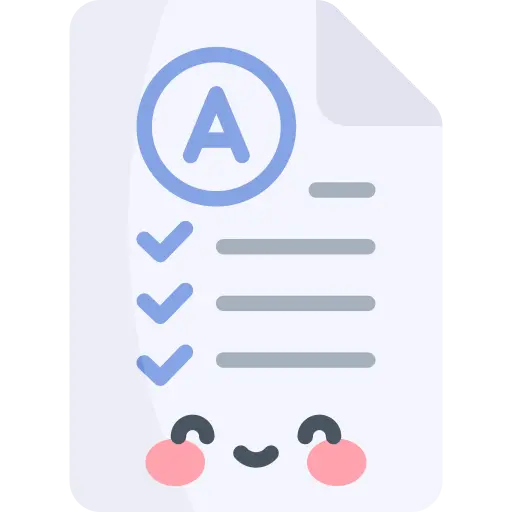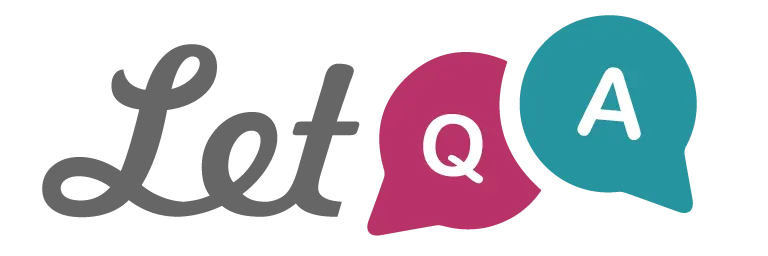
Đề Trắc Nghiệm Kiểm Toán Căn Bản Tiếng Anh Chuyên Ngành - Miễn Phí Có Đáp Án
Từ khoá: đề trắc nghiệm Kiểm Toán Căn Bản bài tập kiểm toán câu hỏi kiểm toán ôn thi kiểm toán đáp án kiểm toán căn bản tài liệu kiểm toán miễn phí luyện thi kiểm toán kiến thức kiểm toán cơ bản đề thi kiểm toán miễn phí kiểm toán căn bản
Số câu hỏi: 110 câuSố mã đề: 3 đềThời gian: 1 giờ
63,417 lượt xem 4,875 lượt làm bài
Xem trước nội dung:
Đề thi tương tự
3 mã đề 131 câu hỏi 1 giờ
43,659 xem3,349 thi
3 mã đề 132 câu hỏi 1 giờ
36,669 xem2,815 thi
3 mã đề 128 câu hỏi 1 giờ
87,855 xem6,749 thi
1 mã đề 15 câu hỏi 1 giờ
140,065 xem10,766 thi
6 mã đề 212 câu hỏi 1 giờ
20,298 xem1,555 thi
1 mã đề 40 câu hỏi 1 giờ
61,348 xem4,704 thi
